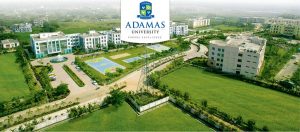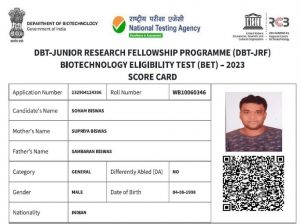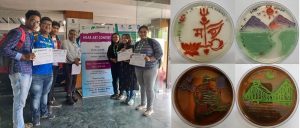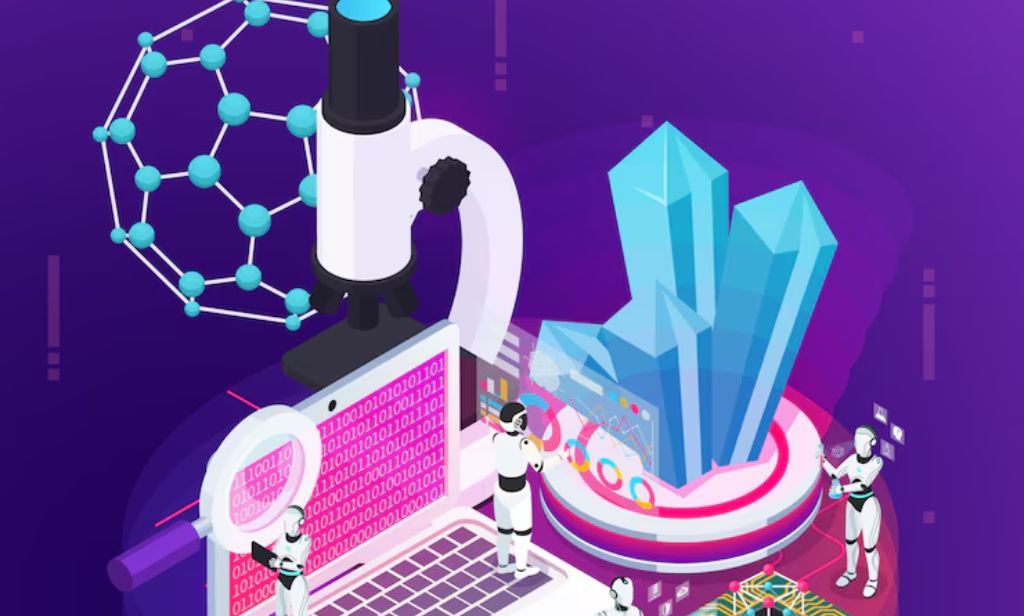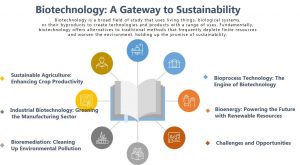
The historiography dealing with modern Indian history in general, but also looked particularly at issues around health and medicine, were largely silent on women until as recently as the 1980s. Several works have been done by historians on the aspect of women and medicine specializing in women’s health issues and women’s professions like women Doctors, Midwives, etc. We can find also works that have been done by historians in the latter half of the 20th century specializing in the changing role of bhadramohila with the introduction of Modern education with an intense focus on the medicalization of childbirth, motherhood, sexuality, and birth control, medical education and women profession. Discussion on the development of the nursing profession was relatively rare.
It is well-known that nursing is a pillar of the modern medicine. Without their support, the system of healthcare would collapse. During the colonial period, the character of nursing was different from what it is today. Nursing was not as formalized or structured as it is now. It was primarily informal and provided by untrained professionals. After the Revolt of 1857, its necessity was felt by the British authorities, especially in the field of military nursing. But what was the role of the nursing profession in the development of general healthcare, especially for women’s health? Initially, responsibility was imposed on British women, and gradually, women missionaries took charge of the development of women’s healthcare. Due to the huge demand, nursing received considerable attention from the state.
After the Revolt of 1857, its necessity was felt by the British authorities, especially in the field of military nursing. But what was the role of the nursing profession in the development of general healthcare, especially for women’s health? Initially, responsibility was imposed on British women, and gradually, women missionaries took charge of the development of women’s healthcare. Due to the huge demand, nursing received considerable attention from the state. The establishment of new hospitals also increased the demand for nursing services. The colonial authorities also established new institutions as philanthropic bodies for the training of nurses. Indian Nursing Service (1888), Calcutta Hospital Nurses Institute (1859), Trained Nurses Association of India (1908) etc.
Bengal, being the earliest seat of British power, was the first to encounter Western education and culture. It also had the most elaborate medical establishment along Western lines since the foundation of the Calcutta Medical College (1835). However, women could enter medical institutions for training only during the 1880s. From the 1880s on, we can also see the rising activities of Christian medical missionaries, several of whom were women—Dr. Clara Swain, the first female medical missionary, and Dr. Funny Butlar, for example. Different philanthropic organizations also took active participation in the development of this field. The Medical Women for India Fund (1882), Dufferin Fund (1885), and later Rockefeller Foundation (1915) worked closely with the state, providing training to Indian women in Western medical midwifery and nursing. Another important committee report was the Bhore committee report made by Joshep Bhore in 1945, which provided adequate health protection to all women and came from the official discourses.
Understanding of Colonialism provides insight into how colonial powers imposed their healthcare systems and reshaped indigenous practices to suit their interest. Students can explore how Indian women used nursing as a means of social mobility and resistance against colonial oppression, despite facing various challenges and constraints. By comparing the development of nursing in Bengal with other colonial contexts or with the evolution of nursing in other parts of the world, students can gain a broader understanding of global healthcare histories and colonial legacies. In general, researching the history of nursing in colonial Bengal provides insightful knowledge about how gender, healthcare, and colonialism are connected. This historical perspective can help shape current debates about decolonization, gender equality, and healthcare.


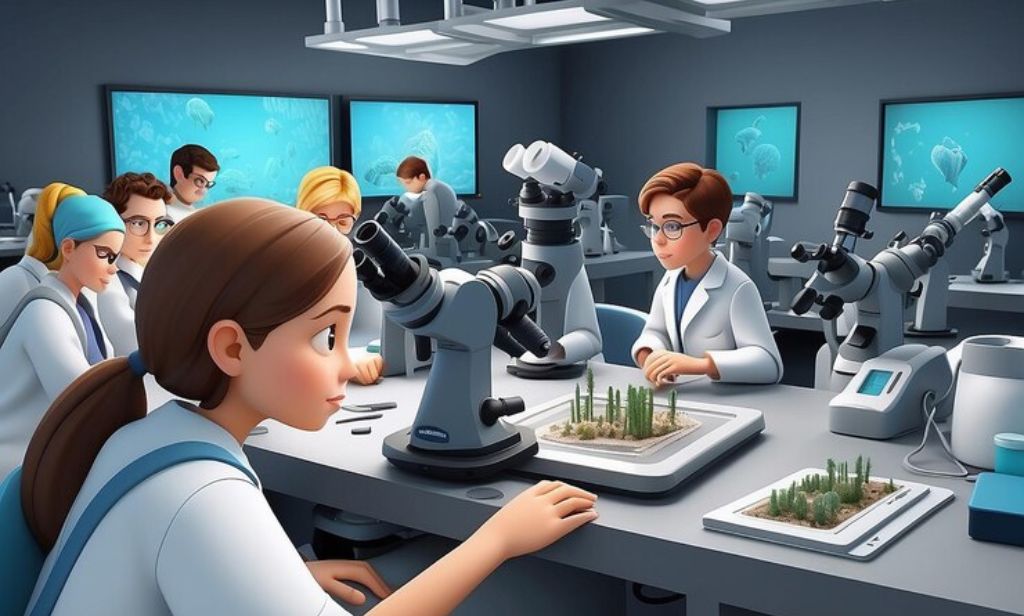
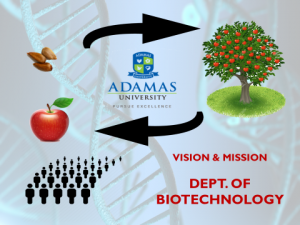

 Figure 2: SEED embedded papers prepared from waste papers
Figure 2: SEED embedded papers prepared from waste papers



